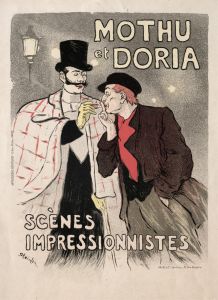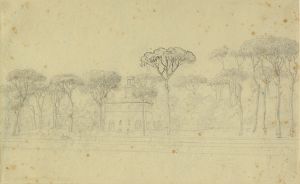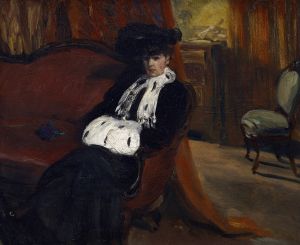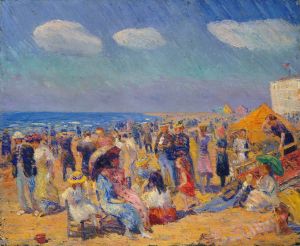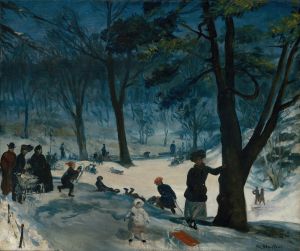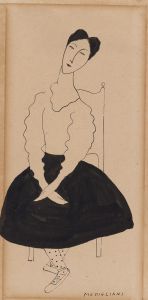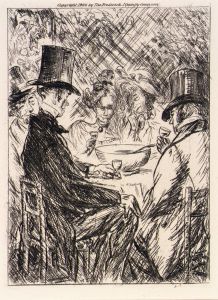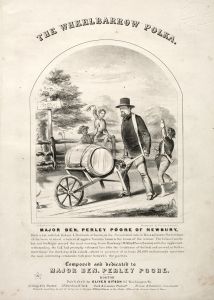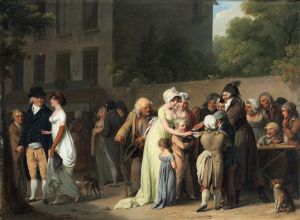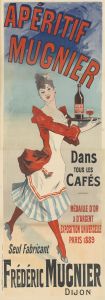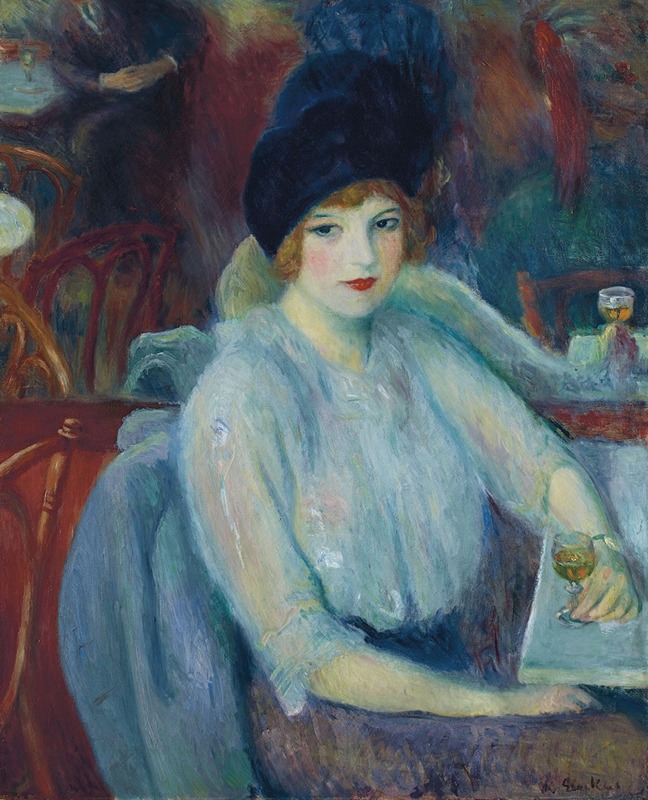
Café Lafayette
A hand-painted replica of William James Glackens’s masterpiece Café Lafayette, meticulously crafted by professional artists to capture the true essence of the original. Each piece is created with museum-quality canvas and rare mineral pigments, carefully painted by experienced artists with delicate brushstrokes and rich, layered colors to perfectly recreate the texture of the original artwork. Unlike machine-printed reproductions, this hand-painted version brings the painting to life, infused with the artist’s emotions and skill in every stroke. Whether for personal collection or home decoration, it instantly elevates the artistic atmosphere of any space.
William James Glackens (1870–1938) was an American painter and a prominent member of the Ashcan School, a group of artists known for their realistic depictions of urban life in the early 20th century. One of his notable works, Café Lafayette, exemplifies his interest in capturing the vibrancy and social dynamics of modern city life.
Café Lafayette was painted in 1906 and reflects Glackens' fascination with Parisian culture and the café society that flourished in the early 20th century. The painting portrays a lively scene in a café, with patrons engaged in conversation and leisure. The composition is characterized by its dynamic arrangement of figures, warm color palette, and loose, expressive brushwork, which were hallmarks of Glackens' style during this period. The work demonstrates his ability to convey the energy and atmosphere of social gatherings, a theme that recurs in many of his paintings.
The title of the painting refers to Café Lafayette, a well-known establishment in Paris at the time. Glackens had traveled to Europe on several occasions, including a pivotal trip to Paris in 1895, where he was influenced by the works of the Impressionists, particularly Pierre-Auguste Renoir. This influence is evident in Café Lafayette, as Glackens adopted a similar approach to light, color, and the depiction of everyday scenes.
Glackens' work often bridged the gap between the realism of the Ashcan School and the more decorative, light-filled qualities of Impressionism. In Café Lafayette, he captures not only the physical setting of the café but also the social interactions and mood of the scene, creating a vivid snapshot of urban life. The painting reflects his ability to blend observational detail with a sense of spontaneity and movement.
Café Lafayette is part of the collection of the Chrysler Museum of Art in Norfolk, Virginia. It remains a significant example of Glackens' contribution to American art and his role in bringing elements of European modernism into the context of American painting. The work continues to be celebrated for its lively depiction of a quintessentially modern experience and its place within the broader narrative of early 20th-century art.





